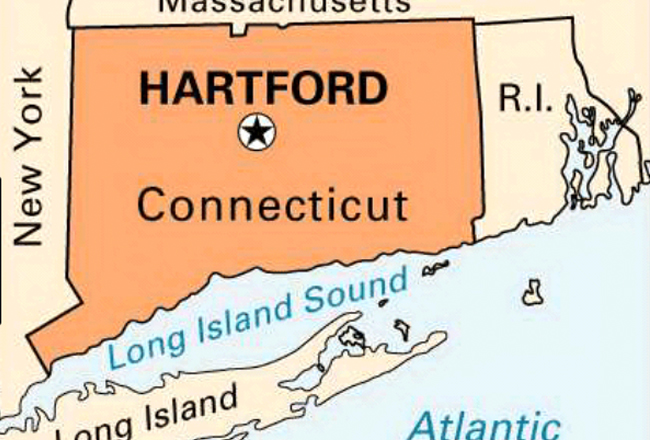According to statistics released Thursday morning by the U.S. Bureau of Labor Statistics (BLS), consumers in Westchester have faced lower price increases on a percentage basis than consumers in some other areas of the country.
The BLS reported that consumer prices in the New York-Newark-Jersey City area went up 0.5% in May from where they had been in April and were up 3.2% from a year ago.
 Included in the area covered in the statistical reporting is New York City, Dutchess, Nassau, Orange, Putnam, Rockland, Suffolk, and Westchester counties along with Bergen, Essex, Hudson, Hunterdon, Middlesex, Monmouth, Morris, Ocean, Passaic, Somerset, Sussex, and Union counties in New Jersey and Pike County in Pennsylvania.
Included in the area covered in the statistical reporting is New York City, Dutchess, Nassau, Orange, Putnam, Rockland, Suffolk, and Westchester counties along with Bergen, Essex, Hudson, Hunterdon, Middlesex, Monmouth, Morris, Ocean, Passaic, Somerset, Sussex, and Union counties in New Jersey and Pike County in Pennsylvania.
Those figures were lower than what the BLS reported for some other parts of the country. Cities across the U.S. averaged a 0.8% increase in prices from April to May of this year while the increase from May of 2020 was 5%. The southern U.S. as a whole saw a 0.7% increase in prices in May of this year and a 5.6% increase from May of last year. In the western U.S., there was a 1% increase in May of this year and a 4.7% increase from May of 2020. The mountain states saw a 1.3% increase in prices in May and showed a 5.2% increase over May of last year.
The BLS reporting shows the cost of energy went up 2.4% in the New York-Newark-Jersey City area from where it had been in April and is up 20.3% from where it had been a year ago. Gasoline was up 4.2% in May from where it had been in April, while there was a dramatic 41.2% increase from where the price of gasoline had been a year ago.
Costs in May for motor vehicles were up 1.4% over April. The increase from a year ago was reported as being 12.8%. Costs for used cars and trucks rose 6.6% from April to May, up 29.6% over a year ago.
There was a modest 0.1% increase in costs for medical care in May, compared with a 1% increase from where they had been in May of 2020.
The food index in the New York-Newark-Jersey City area was unchanged in May. A 0.3% increase in prices for food consumed away from home was generally offset by a 0.2% decline in at-home food prices.



















